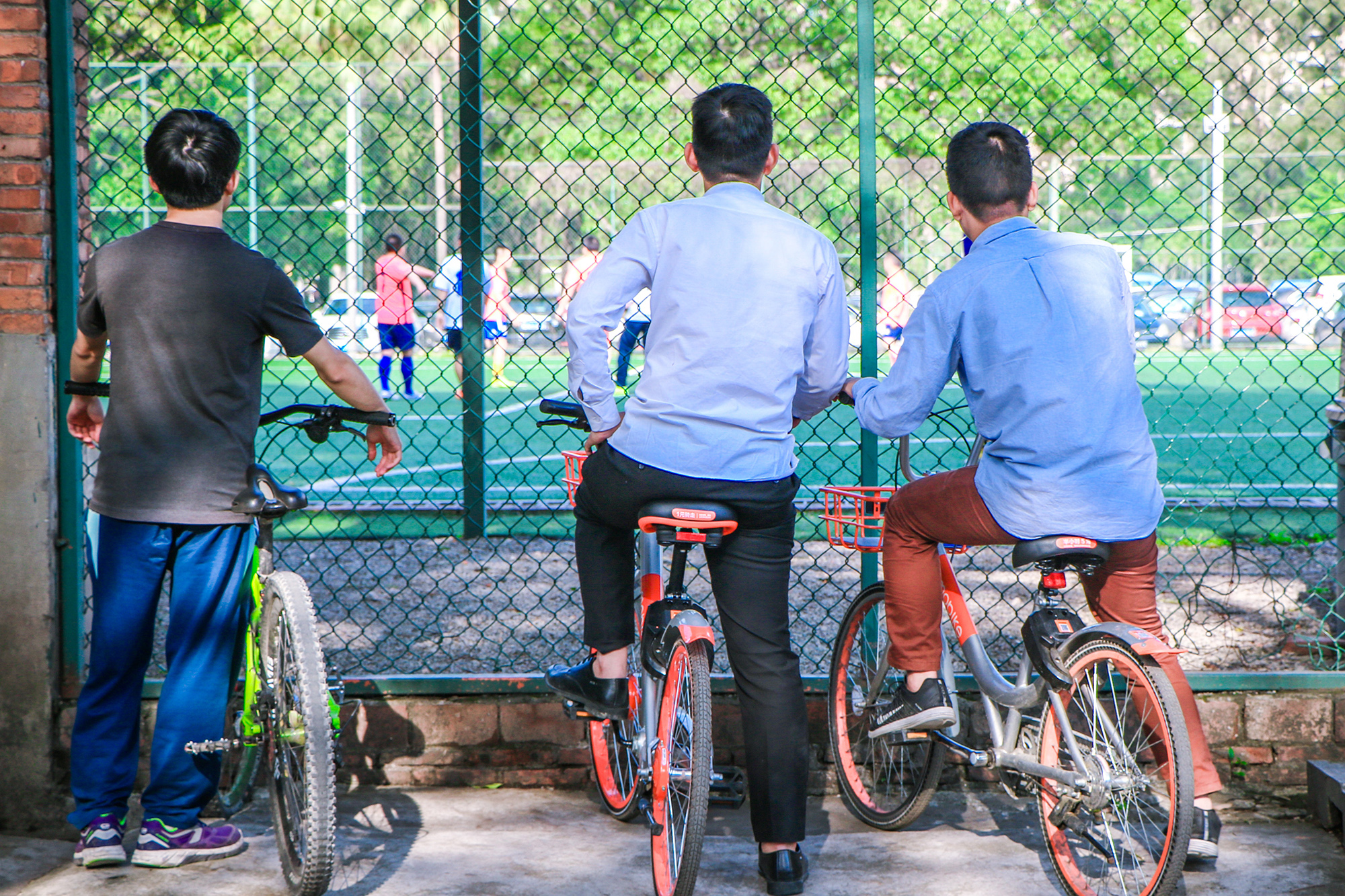Contacts
- Sissel Hovik, OsloMet Handelshøyskolen
- Sveinung Legard, OsloMet Handelshøyskolen (lesv@oslomet.no)
- Kristin Reichborn-Kjennerud, Arbeidsforskningsinstituttet OsloMet
Programme
Welcome and short introduction
Sveinung Legard, OsloMet
Participation and power in gentrification areas – a comparison of Tøyen (Oslo) and Lavapiés (Madrid)
Kristin Reichborn-Kjennerud, OsloMet
Urban problems from the citizens’ perspective – the case of the central district of Madrid
José M. Ruano, Universidad Complutense de Madrid
Displacement through participation and inclusion?
Daniel Vernegg, Universitetet i Bergen
Disadvantaged Gellerup: Utopia or Homotopia?
Jonas Strandholdt Bach, Aarhus Universitet
The city-space game in Sandnes – a place specific participation scheme for new urban planning
Aslaug Tveit, Harald Brynlund-Lima, Nina Osland, Sandnes kommune
The planners (re)public? On the impacts of ‘citizen dialogues’ in urban planning
Nazem Tahvilzadeh, Kungliga Tekniska högskolan
Plenum discussion
Vil du si din mening om medvirkning i by- og lokalsamfunnsutvikling?
DEMUDIG er et internasjonalt forskningsprosjekt som undersøker hvordan innbyggerne bruker tradisjonelle og digitale kanaler for å påvirke i byutviklingsprosesser. Prosjektet ser også på hvordan bymyndighetene tar imot og behandler innspill fra innbyggere og næringsliv. I løpet av høsten/vinteren 2019 vil vi sende ut en spørreundersøkelse om dette til både politikere, ansatte i kommunen, beboer (organisasjoner) og næringsliv i sentrumsbydelene i Oslo.
Er du politiker, ansatt i Oslo kommune eller innbygger/bedrift i en av sentrumsbydelene i Oslo så vil vi gjerne komme i kontakt med deg for å høre din mening om hvordan medvirkningen i by- og lokalsamfunnsutvikling fungerer i denne byen. Din erfaring med dette er viktig!
Send ditt navn og e-post til ingermir@oslomet eller rekr@oslomet så vil du bli invitert til å svare på vårt spørreskjema om nettopp dette. I e-posten skriver du bare «JA» og din rolle (feks: ansatt i kommunen).
Data fra spørreundersøkelsen vil brukes til å sammenlikne kanaler som brukes i medvirkningsprosesser, holdninger og oppfatninger til byutviklingsprosessene og resultatene av byutviklingsprosessene. Vi deler gjerne forskningsresultatene!
About the session
Cities are growing. The share of the world’s population living in cities is expected to double within 2050. This puts a tremendous pressure on centrally located and traditional low-income neighborhoods, which are “upgraded” and “developed” and overtaken by a young and highly educated middle class. Residents in many cities protest against this type of gentrification. They demand more influence over what goes on in their neighborhoods. The government often accommodates citizen participation as part of area-based initiatives and other types of urban renewal projects. Even if the demand for participation from below, and the accommodation of participation from above, sometimes coalesce around common endeavors, resident and government agendas frequently collide over questions of what constitutes legitimate participation or what kind of issues that citizens should be allowed to influence.
In this session, we take a closer look at what conflicts and communities of interest that emerge between government agencies, property developers and different groups of residents in urban areas that undergoes gentrification. We focus on Oslo, but welcome papers and presentations from other cities in Scandinavia and the world at large.
We wish to discuss what type of participation and mobilization that takes place in gentrification areas. How do different groups of residents organize to impact local development, and what channels and strategies do they deploy to urban policies? Likewise, how does the government open up for citizen participation, and what interests and groups does it seek to reach through its efforts and to what ends?
We also want to investigate how digitalization affects mobilization and participation. How do, for example, residents use social media to organize around urban development issues, and how does digitalization affect what the government does to give citizens a chance to voice their opinion and even decide on urban development projects?
We are also interested in how different models of urban governance affect both citizen- and government-initiated participation. What kind of mobilization and participation schemes emerge in cities where private actors have a large say over urban planning, as opposed to cities where the government seek to be the protagonist? Here, we encourage papers and presentations that compare different cities.
We are especially concerned with power in urban development. Is the widespread use of citizen participation merely a charade, does it contribute to gentrification “with a human face”, or does it provide disadvantaged citizens with a real opportunity to prevent or initiate projects in line with their interests? Who gets influence or what kind of urban issues, and what consequences does this have for urban governance and democracy? Here, private entrepreneurs and market forces play an important role. Thus, we encourage papers and presentations that thematize how capital functions in gentrification areas.
